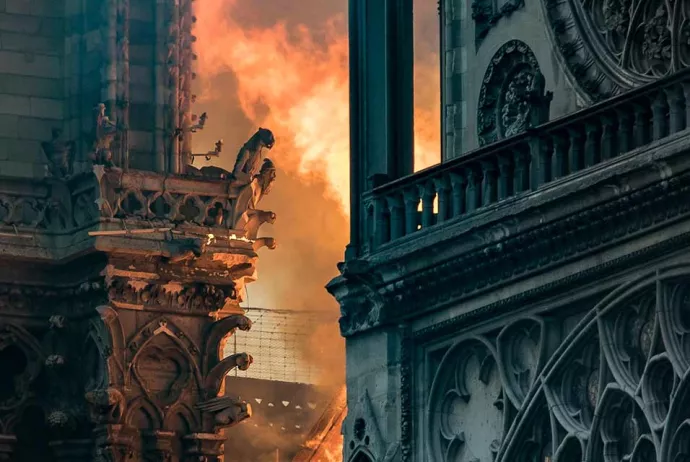
Erika Loic, Postdoctoral Fellow In Medieval Art And Digital Humanities, DVS
I recently experienced two firsts as a junior medievalist: my first visit to the Bibliothèque nationale de France in Paris and my first paper presented at the International Congress on Medieval Studies in Kalamazoo, Michigan. My research trip to Paris coincided with the unexpected and devastating fire at Notre-Dame. As soon as the news began unfolding, I reflected on moments in history when fire wiped out entire records of the past. For book historians, one example that comes readily to mind is the 1731 fire at Ashburnham House in London, which damaged and destroyed large parts of Sir Robert Cotton's manuscript collection. For me, the fire that comes to mind most often is the one that destroyed the library at the Monastery of Ripoll in 1835, when the monastery was sacked during Spain's First Carlist War. Only those manuscripts that were elsewhere at the time have survived, one of which was the Roda Bible, which I was examining in Paris. Studying the scattered books that must now stand in for what was once a formidable collection is part of rebuilding what has been lost—and I'd like to think that I do so in much the same spirit as the current efforts to preserve and rebuild Notre-Dame.
The disastrous fire in Paris once again underscores the importance of historical documentation, careful care for and restoration of artefacts and monuments, and generous financial contributions from public and private institutions. On that note, I would like to end with an acknowledgment of the support I received from the Burlington Magazine Foundation and the Trustees of the Francis Haskell Memorial Fund, as well as from UTM through their program of Postdoctoral Fellow Research Grants.
